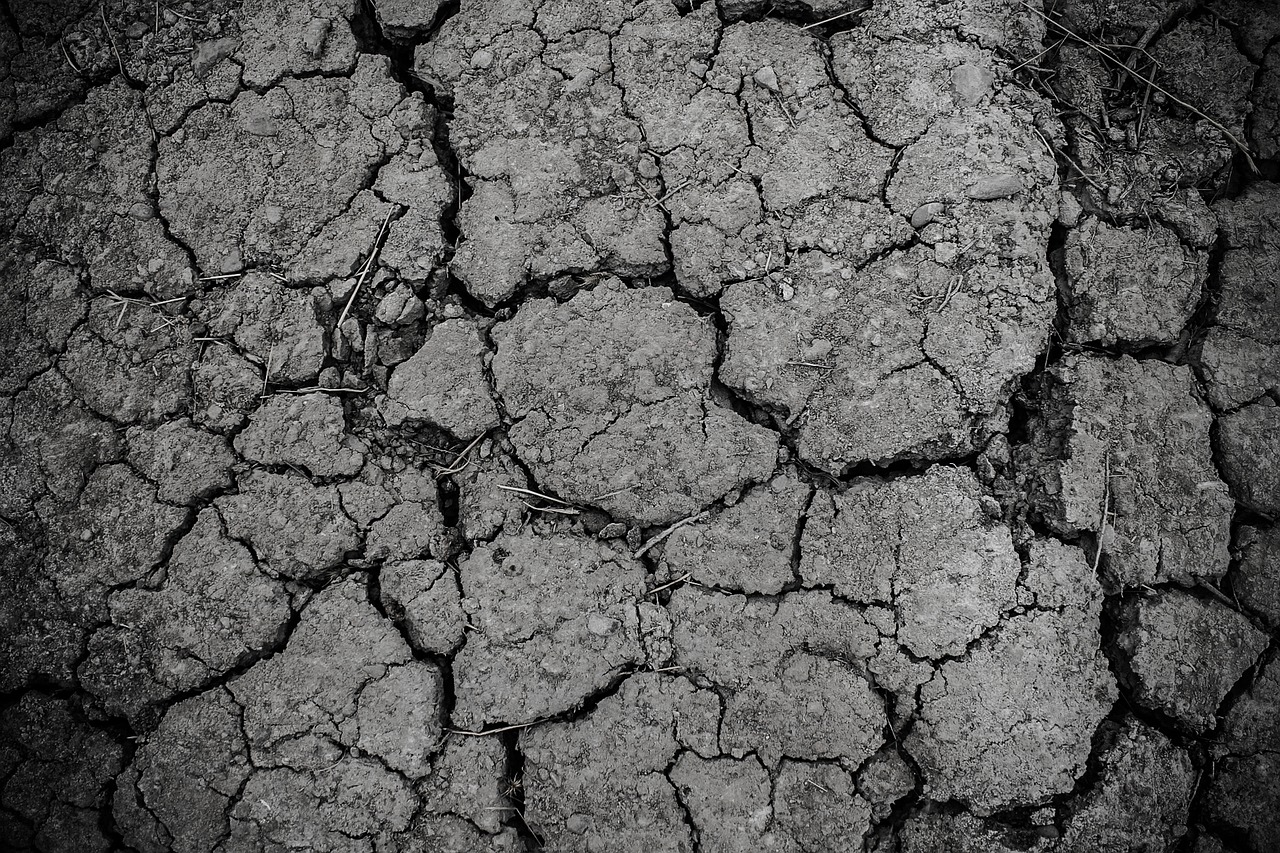
Adding sand to clay soils is not recommended
Don't add sand - add organic material!
Sometimes people recommend you add sand to clay soil to make it easier to work. It's true that this used to be really common advice, but as we've learned more about the differences between soil structure and soil texture and how to improve our soils using organic amendments, it's fallen out of practice because we've found better ways. Adding sand to prairie soils is not recommended.
The danger of adding sand—especially in small amounts—is that large sand particles mixed with tiny clay particles will result in a concrete-like mixture. It takes the addition of 50% of total soil volume to significantly change the texture of clay soils. That means adding a truckload of sand to a small garden patch to change soil texture and using fairly aggressive means to mix it together thoroughly. The problem with clay soil is not the texture, but the lack of aggregate structure. Adding sand will not fix this.
Is there a better way?
Clay soil is nutrient-rich, but tends to be slow to drain, poorly aerated, easily compacted and extremely hard if it lacks good aggregate structure. How do you build the aggregate structure?
- Ensure you lay plenty of compost on top of your soil when it's time to plant - no need to mix it in, especially if you're adding a layer of mulch next.
- Stop rototilling your soil. While rototilling may initially break up the pieces and "fluff" it up, it will settle each year and your soil will be more cement-like with every tilling unless you're adding significant organic matter each time. It is especially critical you never rototill when the soil is wet as this will severely damage your soil structure. No-till gardening is your best choice, but if you're not quite ready for that yet try to minimize it as much as you can and ensure you add ample rotted leaves, compost, or other easy to break down sources of organic matter. Peat moss does work but is not an ideal choice for this as it tends to hold water, which isn't necessary for clay and doesn't break down as quickly as other alternatives.
- Use mulch to improve the aggregate structure of clay soil and protect it from compaction. Even walking the same path down your garden can injure your soil. No need to dig it in just lay mulch on top of the soil. Give it time and you won’t believe the difference! Here's a guide to mulching for beginners and there's a lot more information
in the Soil section of our website. An undisturbed 4" layer of arborist wood chips can turn a hard clay soil into asuprisingly workable soil in just a few years!

